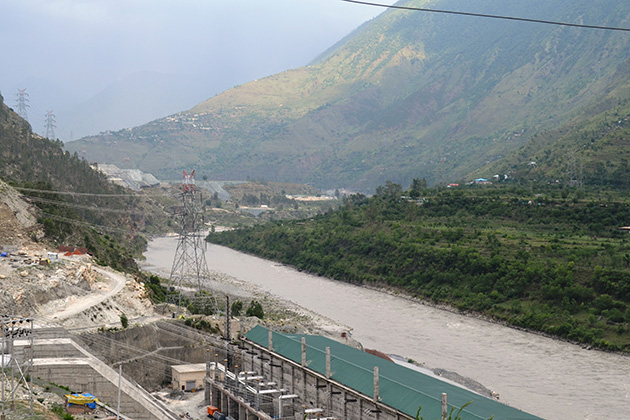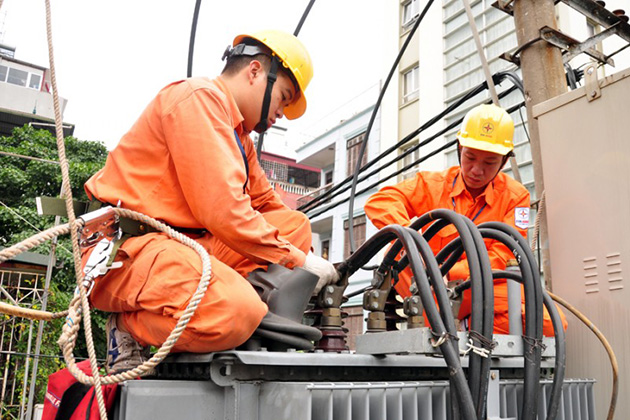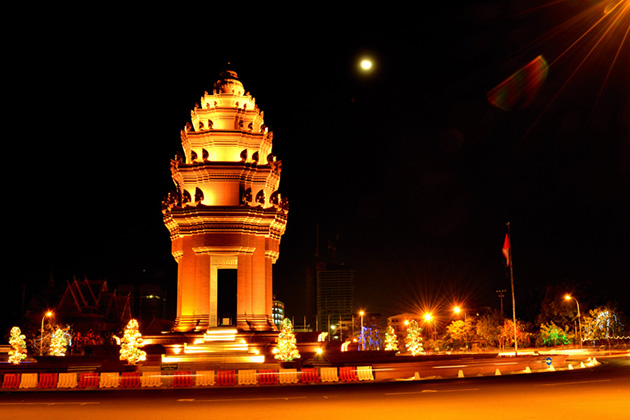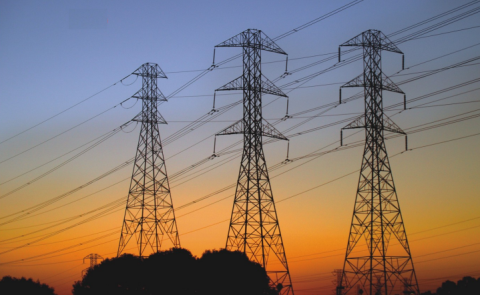A hard-solving question is posed which is about the access to electricity supply whenever tourists plan a trip to Indochina for the first time. Do they have to endure power outages? Is the electricity served in every captivating locations travelers visit? The power conditions and shortages in three nations in the Indochinese Peninsula is in variety of shapes and sizes. All the electricity-related problems can be explored by the following provided information.
In Laos
The access to the power supply in Laos is considered to be effortless, even in the far-reaching or remote places. The reason is that the government in Laos has made great effort to the electricity access and the electrification to rural areas through the project of expanding the national power grids for the recent decades. The obvious evidence is that Laos gained the expected achievement in terms of the considerable increase in the electrification rate by over 70% in 2015. Being a natural resource-rich country, Laos almost meets no difficulties developing hydropower by constructing about 50 hydroelectricity dams with the total capacity in the range of 4.000 to 5.000 megawatts. The construction of the electricity grid brings Laotian households in the central district and densely-populated areas the easy access to the power supply. The more strikingly thing is only 10% the Laotian electricity used domestically and 90% being used for export with inexpensive cost.

This is the reason why tourist don’t have to worry about the electricity failure in the Indochina tour even in rural areas in Laos.
In Vietnam
The rapid economic growth in Vietnam drags on the increasing demand of the power consumption with 14% for the average growth per year. The power shortage of 5% of the total power volume is filled by the main power imports from China. Although the national electricity grid is implemented, various remote areas in Vietnam have not yet used the national supplied power such as Son La province. By the end of September 2016, 86.8 % villages and 87.3% of rural households of the whole province have access to national grid. Therefore, it is essential for sightseers to bring along spare battery charger with large installed capacity and flashlights to these secluded places.

People sometimes also have to experience power-cut in Vietnam, especially the peak hours, seasons due to the electricity shortage. However, it may not be an issue if visitors tour the urban districts because the electrical supply is always served as a convenience to the guests of typical tourist hotels to low-budget guesthouses.
In Cambodia
Despite the high electricity consumption rate compared to that of other countries in the same regions, the Cambodian power supply is unstable and unreliable due to small-scale electricity plants constructed domestically. According to official statistics from the Cambodian Electricity Authority, only 2.26 million domestic households which is equivalent to nearly 50 percent of the total population of 14.8 million electricity users. To support the easier access to the power supply in the unserved far-reaching areas, the Cambodian government has implemented "Rural Electrification Fund" to enable the power supply growth. As a result, the number of the electrified households with reasonable price increased up to 70% up to now. It is common for sightseers to encounter power outage in Cambodia; however, don’t worry since generators are prepared availably for those unfortunate cases in high-rate to mid-range accommodations. To avoid the repeating power failure in the isolated locations, carrying a torch accompany with you is a must.



